Embark on a horticultural journey with low maintenance perennials, the unsung heroes of the gardening world. These botanical gems promise vibrant blooms and lush foliage without the burden of constant care, making them ideal for busy homeowners and gardening enthusiasts alike.
From sun-kissed meadows to shady nooks, low maintenance perennials adapt effortlessly to diverse landscapes, offering a kaleidoscope of colors and textures that will transform your outdoor space into a sanctuary of beauty.
Types of Low Maintenance Perennials
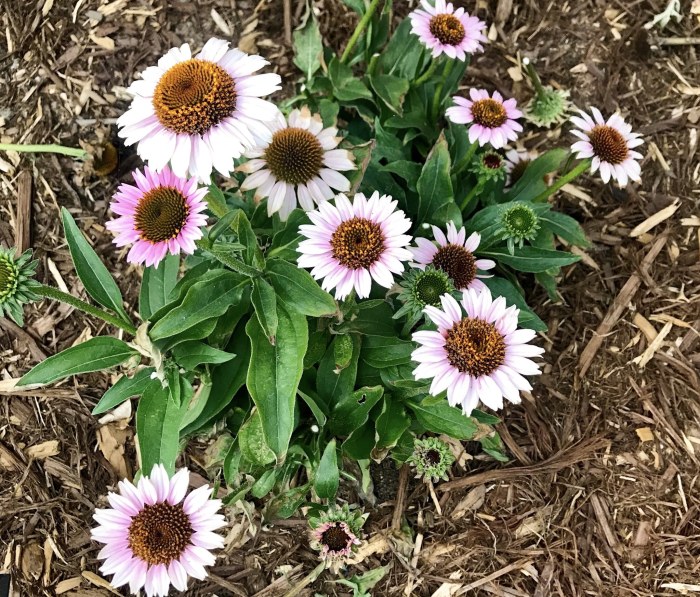
When choosing perennials for your garden, it’s important to consider their maintenance requirements. Some perennials require a lot of attention, such as regular watering, fertilizing, and pruning. However, there are also many low maintenance perennials that are easy to care for and will thrive with minimal effort.
Popular Low Maintenance Perennials
- Daylilies: These perennials are known for their showy flowers that bloom in a wide range of colors. They are drought-tolerant and require minimal care.
- Hostas: Hostas are shade-loving perennials that are known for their large, variegated leaves. They are relatively low-maintenance and can tolerate some neglect.
- Yarrow: Yarrow is a hardy perennial that is drought-tolerant and heat-resistant. It produces clusters of yellow flowers that attract butterflies.
- Coneflowers: Coneflowers are a popular choice for gardens because they are easy to grow and attract pollinators. They come in a variety of colors, including purple, pink, and white.
- Salvia: Salvia is a genus of flowering plants that includes many popular garden varieties. Salvias are known for their colorful flowers and their ability to attract pollinators.
Selecting Low Maintenance Perennials
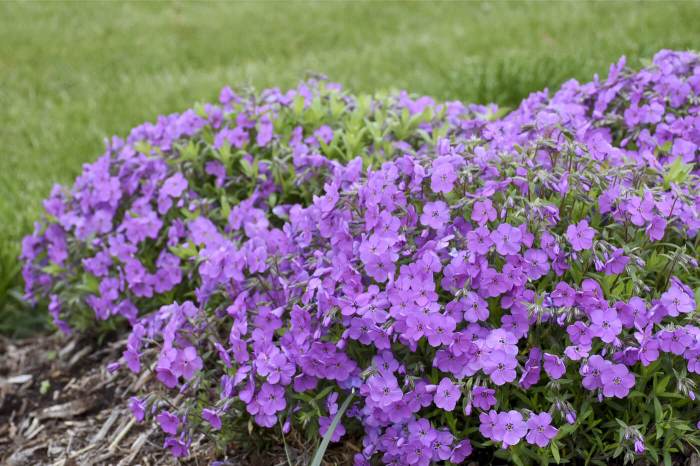
Choosing low maintenance perennials requires careful consideration of factors like climate, soil conditions, and desired appearance. Understanding these factors will help you make informed decisions that result in a thriving, low-maintenance garden.
Determining Hardiness Zone
The hardiness zone indicates the minimum temperature a plant can withstand. It’s crucial to select perennials suited to your local hardiness zone to ensure their survival in your climate. To determine your hardiness zone, consult the USDA Plant Hardiness Zone Map or consult with local nurseries or gardening experts.
Planting and Care for Low Maintenance Perennials
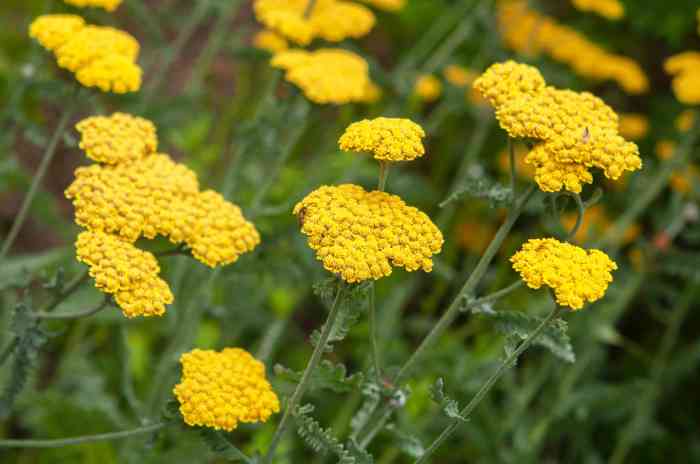
Low maintenance perennials are a great choice for gardeners who want to enjoy beautiful flowers and foliage without having to spend a lot of time and effort on care. These plants are typically easy to grow and require minimal watering, fertilizing, and pruning.
However, there are still some basic steps you need to take to ensure your low maintenance perennials thrive.
The first step is to choose the right planting site. Low maintenance perennials prefer well-drained soil that is rich in organic matter. They also need at least six hours of sunlight per day. Once you have chosen a planting site, you need to prepare the soil.
This involves removing any weeds or debris and tilling the soil to a depth of 12 inches. You may also want to add some compost or other organic matter to the soil to improve its drainage and fertility.
Once the soil is prepared, you can begin planting your perennials. Space the plants according to the directions on the plant tag. Be sure to dig the hole deep enough so that the root ball is completely covered. Water the plants well after planting and then mulch around them with a layer of organic matter, such as compost or shredded leaves.
This will help to retain moisture and suppress weeds.
Low maintenance perennials do not need to be watered very often. In general, you should only water them when the soil is dry to the touch. Fertilizing is also not necessary very often. You can fertilize your perennials once a year in the spring with a balanced fertilizer.
Pruning is also not necessary very often. You can prune your perennials in the fall to remove any dead or damaged foliage.
Watering, Low maintenance perennial
Low maintenance perennials do not need to be watered very often. In general, you should only water them when the soil is dry to the touch. The best time to water your perennials is in the morning so that the leaves have time to dry before nightfall.
Low maintenance perennials are a great way to add color and beauty to your backyard without a lot of work. They’re perfect for busy gardeners or those who just want to enjoy their outdoor space without spending a lot of time on upkeep.
If you’re thinking about adding a backyard duck pond , low maintenance perennials are a great way to create a beautiful and natural-looking setting. They’ll provide food and shelter for your ducks, and they’ll also help to keep the water clean and healthy.
Avoid watering your perennials too often, as this can lead to root rot.
Fertilizing
Low maintenance perennials do not need to be fertilized very often. You can fertilize your perennials once a year in the spring with a balanced fertilizer. Be sure to follow the directions on the fertilizer package. Avoid over-fertilizing your perennials, as this can lead to problems such as stunted growth and yellowing leaves.
Mulching
Mulching around your low maintenance perennials is a great way to retain moisture and suppress weeds. You can use a variety of materials for mulch, such as compost, shredded leaves, or bark. Apply a layer of mulch around your perennials that is 2-3 inches thick.
Be sure to keep the mulch away from the stems of the plants to prevent rot.
Design Considerations for Low Maintenance Perennials
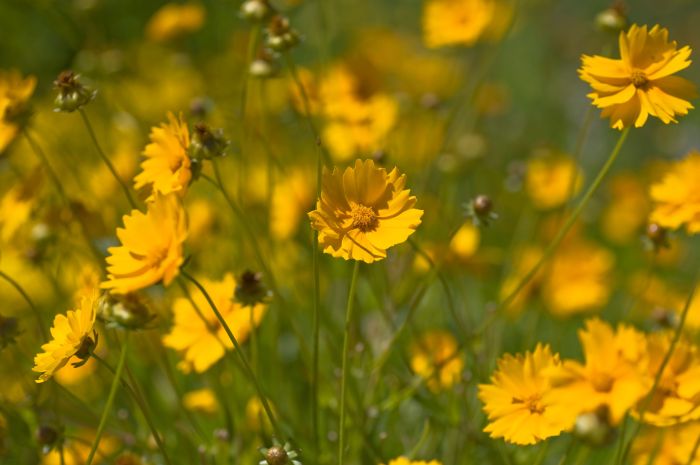
Low maintenance perennials offer endless possibilities for creating visually appealing landscapes. Their versatility and adaptability make them suitable for various garden designs, from traditional cottage gardens to modern minimalist spaces.
Incorporating Low Maintenance Perennials into Garden Designs
When designing with low maintenance perennials, consider their height, bloom time, and foliage color to create a harmonious and dynamic landscape.
- Height:Use taller perennials as a backdrop, while shorter ones can fill in the foreground or create edging.
- Bloom Time:Stagger the bloom times of different perennials to ensure year-round interest.
- Foliage Color:Choose perennials with contrasting foliage colors to add depth and visual appeal.
Low maintenance perennials are also excellent for:
- Groundcovers:Create a carpet of color and suppress weeds with low-growing perennials.
- Borders:Define garden beds and add structure with tall, stately perennials.
- Mass Plantings:Create a dramatic impact by planting large groups of the same perennial.
Closing Summary: Low Maintenance Perennial
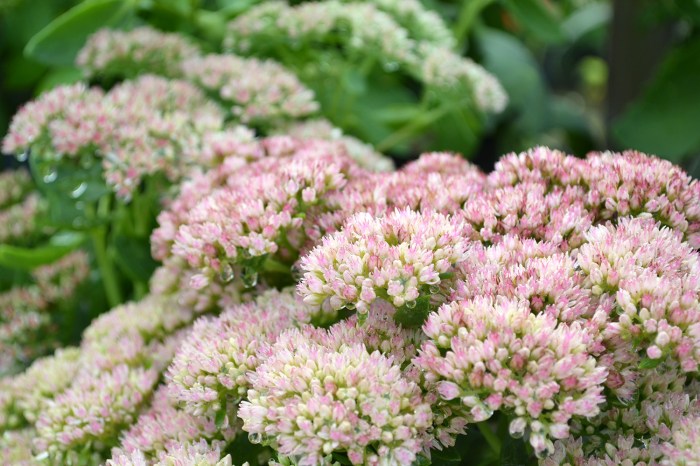
As you delve into the world of low maintenance perennials, you’ll discover a wealth of knowledge and inspiration. Experiment with different varieties, create captivating designs, and enjoy the tranquility of a garden that thrives with minimal effort. Embrace the beauty of low maintenance perennials and unlock the secrets to a thriving, low-maintenance garden.